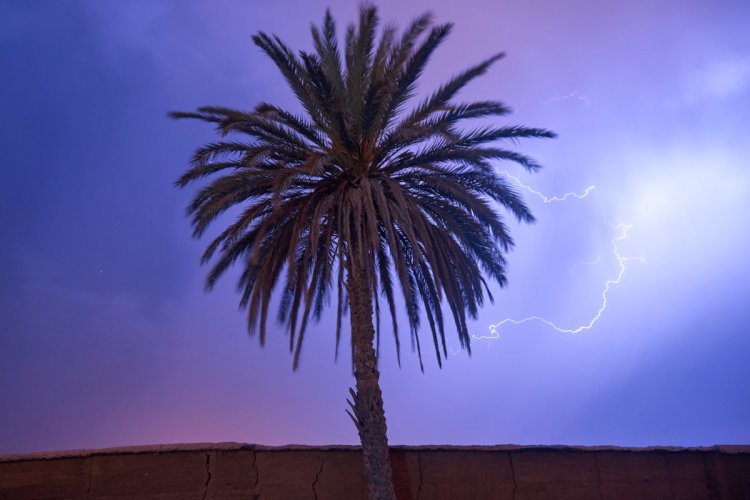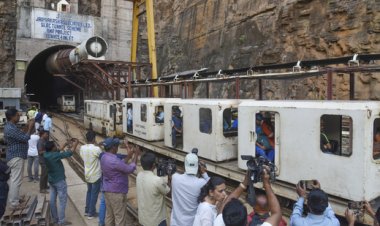"Odisha's Strategy to Mitigate Lightning Strikes Using Palm Trees"

The government of Odisha has approved a proposal to plant 1.9 million palm trees in an effort to reduce the increasing number of deaths caused by lightning strikes in the state. In 2015, the state officially recognized lightning strikes as a specific disaster. Since then, there has been a significant rise in related fatalities. Over the past 11 years, lightning strikes have resulted in the deaths of 3,790 people, with 791 of these fatalities occurring in the last three fiscal years.
-
information review
"Deaths caused by lightning strikes"
The Special Relief Commissioner's office reported that 282 people died due to lightning strikes in the fiscal year 2021-22, followed by 297 deaths in 2022-23, and 212 in 2023-24. The districts most affected by these fatalities include Mayurbhanj, Keonjhar, Balasore, Bhadrak, Ganjam, Dhenkanal, Cuttack, Sundargarh, Koraput, and Nabarangpur. Since recognizing lightning as a state-specific disaster in 2015, the Odisha government has been providing an ex gratia of ₹4 lakh for each lightning-related death.
-
Climate factors
"Odisha's geographical vulnerability"
Due to its geographical location and climate, Odisha is highly susceptible to lightning strikes. Being an eastern coastal state in the tropical zone, its hot and dry climate provides ideal conditions for lightning strikes. The Annual Lightning Report 2023-2024 by the Climate Resilient Observing Systems Promotion Council (CROPC) and the India Meteorological Department (IMD) confirms that the majority of cloud-to-ground lightning strikes occur in eastern and central India.
-
Warming impact
"What is the role of climate change? "
A research paper by the IMD titled "Climate Change and Incidence of Lightning in Odisha: An Exploratory Research" reveals that climate change is intensifying lightning strikes. The paper states that for every one degree Celsius of long-term warming, there is a nearly 10% increase in lightning activity. Temperatures have been on the rise worldwide, especially over the last couple of years.
-
Complex combination
"Odisha's climatic factors"
Manoranjan Mishra, a geography professor at Fakir Mohan University in Balasore, explains that Odisha's vulnerability to lightning strikes is due to a "complex combination of climatic factors." These factors include the pre-monsoon and monsoon periods, cyclonic activities influenced by sea temperature, and the convective energy of the atmosphere.
-
High-Risk group
"Who are the most vulnerable?"
Farmers and daily wage earners, such as agricultural laborers, make up over 80% of Odisha's population and are highly vulnerable to lightning strikes. These individuals often work long hours in open fields, putting them at increased risk. While lightning strikes are most common between April and October, the highest number of fatalities occur during the peak agriculture season from June to October.
-
Green solution
"Odisha's natural defense against lightning strikes"
To address the issue, the Odisha government plans to use palm trees as natural lightning conductors. Palm trees, because of their high moisture and sap content, can absorb lightning and lessen its direct impact on the ground. The Special Relief Commissioner's office has approved ₹7 crore for this initiative. This includes a ban on cutting down existing palm trees and an initial planting of 19 lakh (1.9 million) palm trees along forest boundaries.















